User Manual
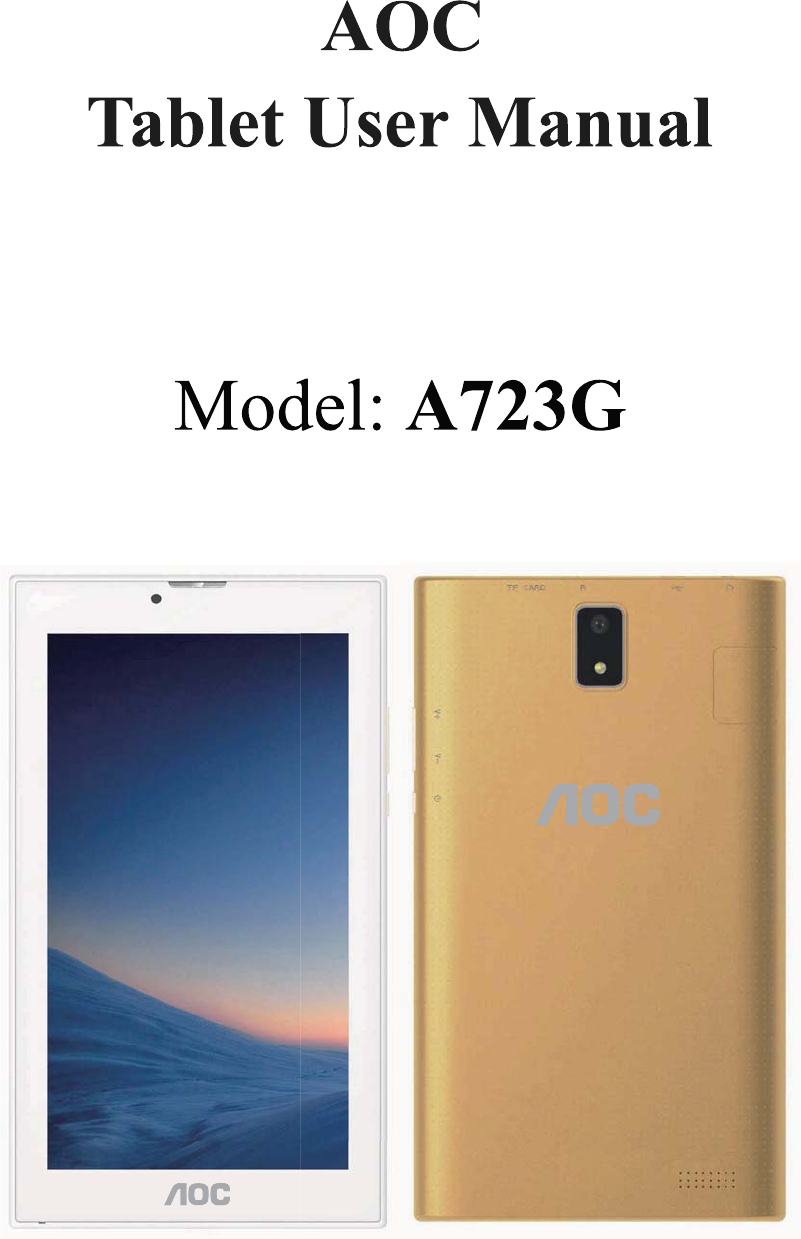
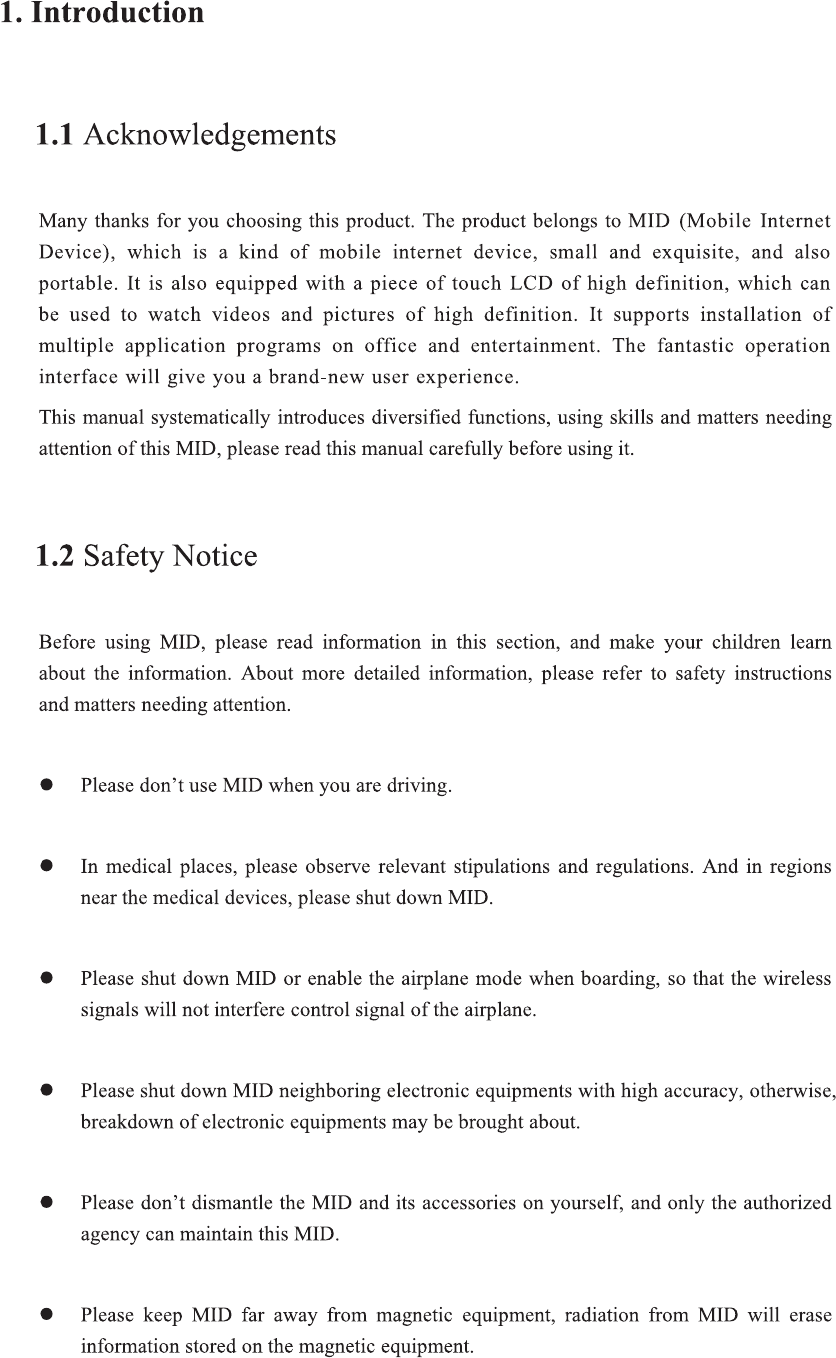
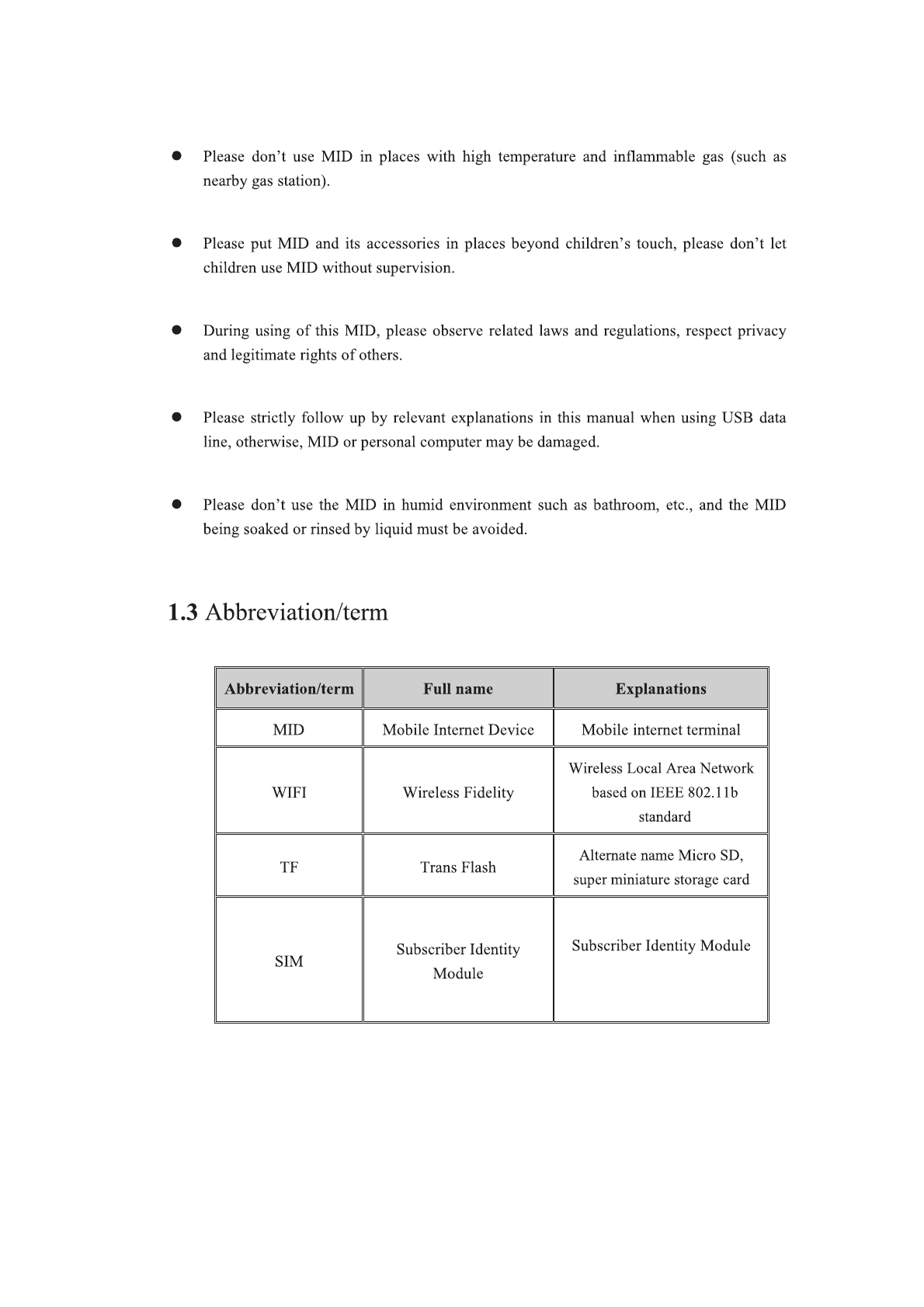
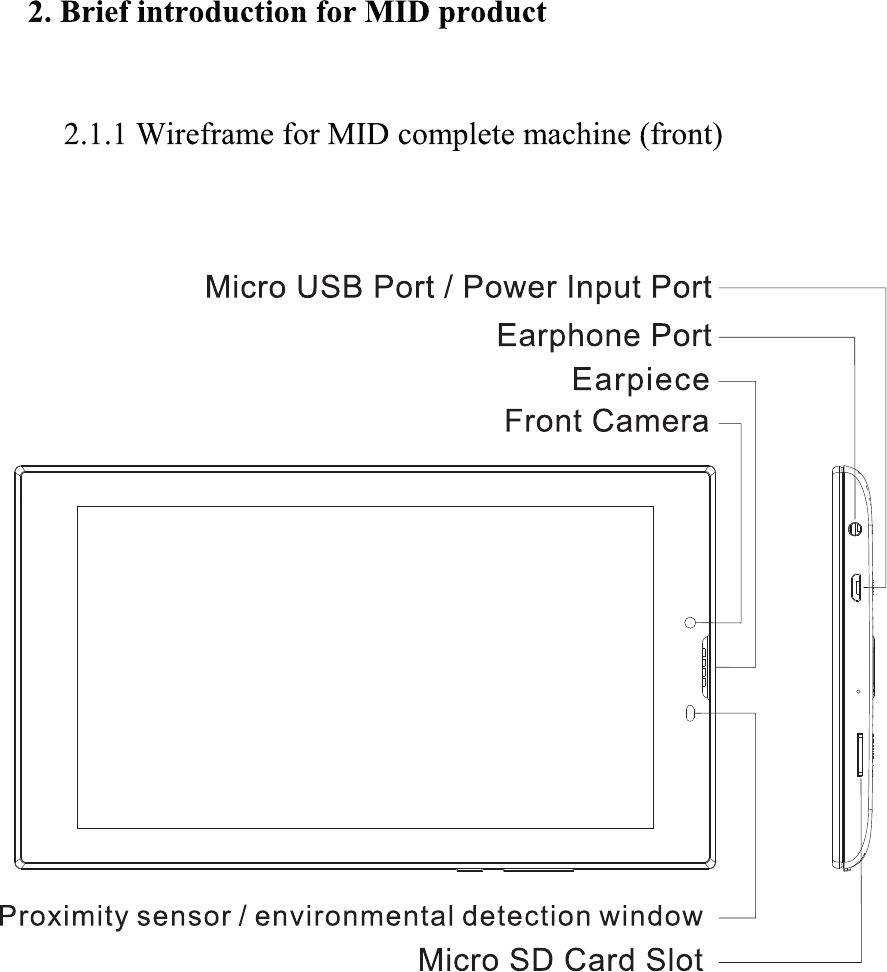
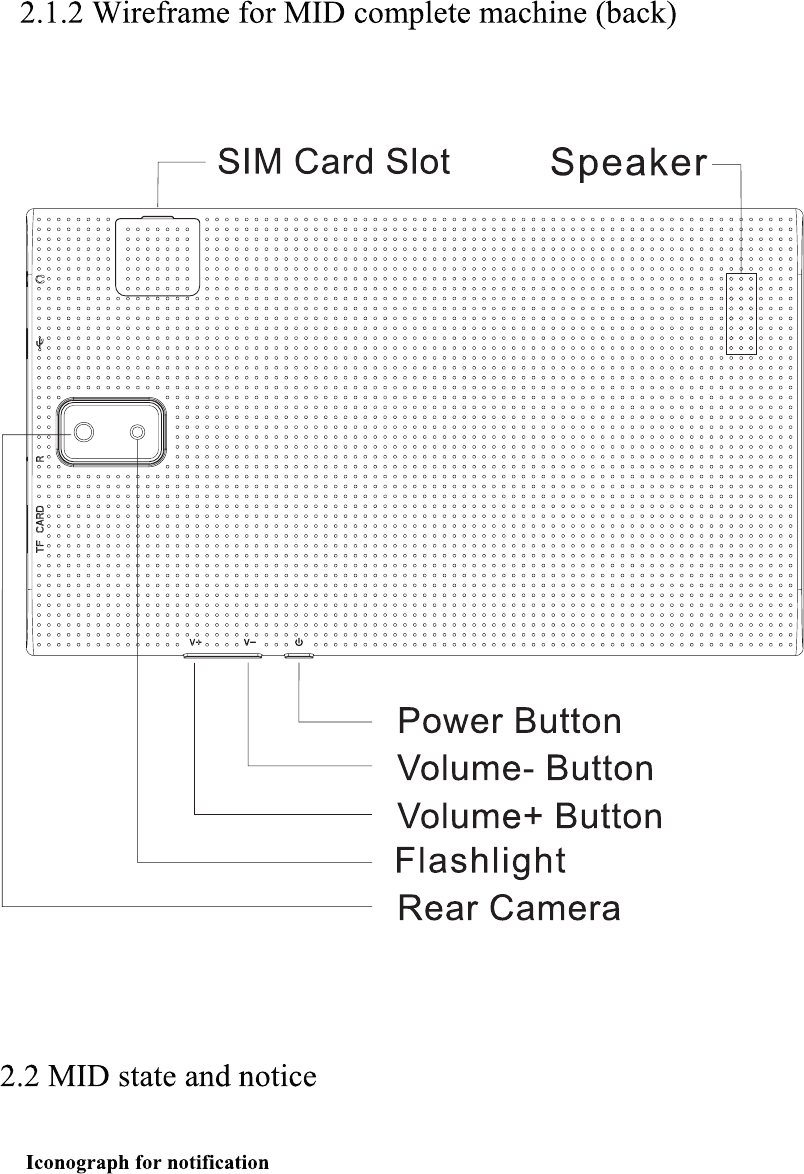
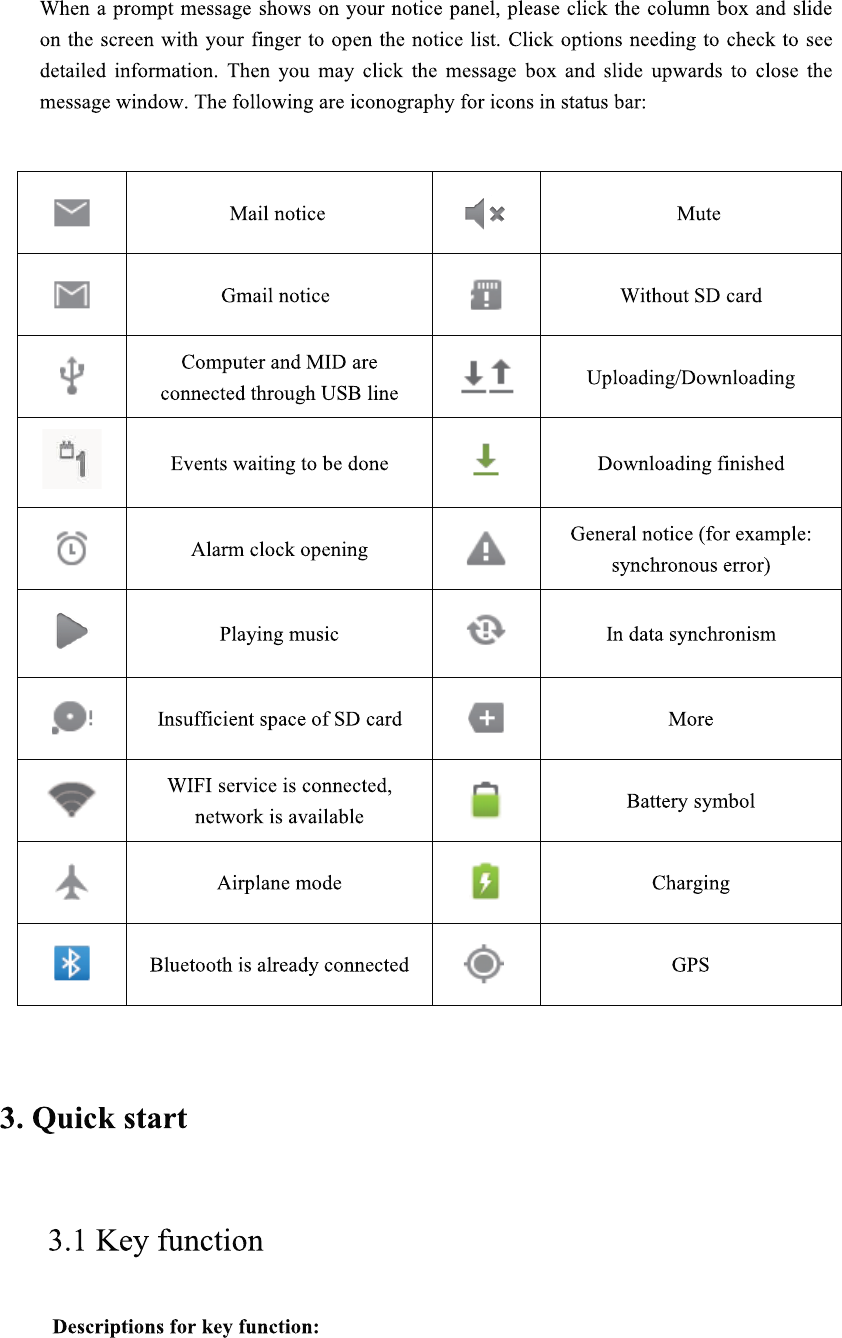
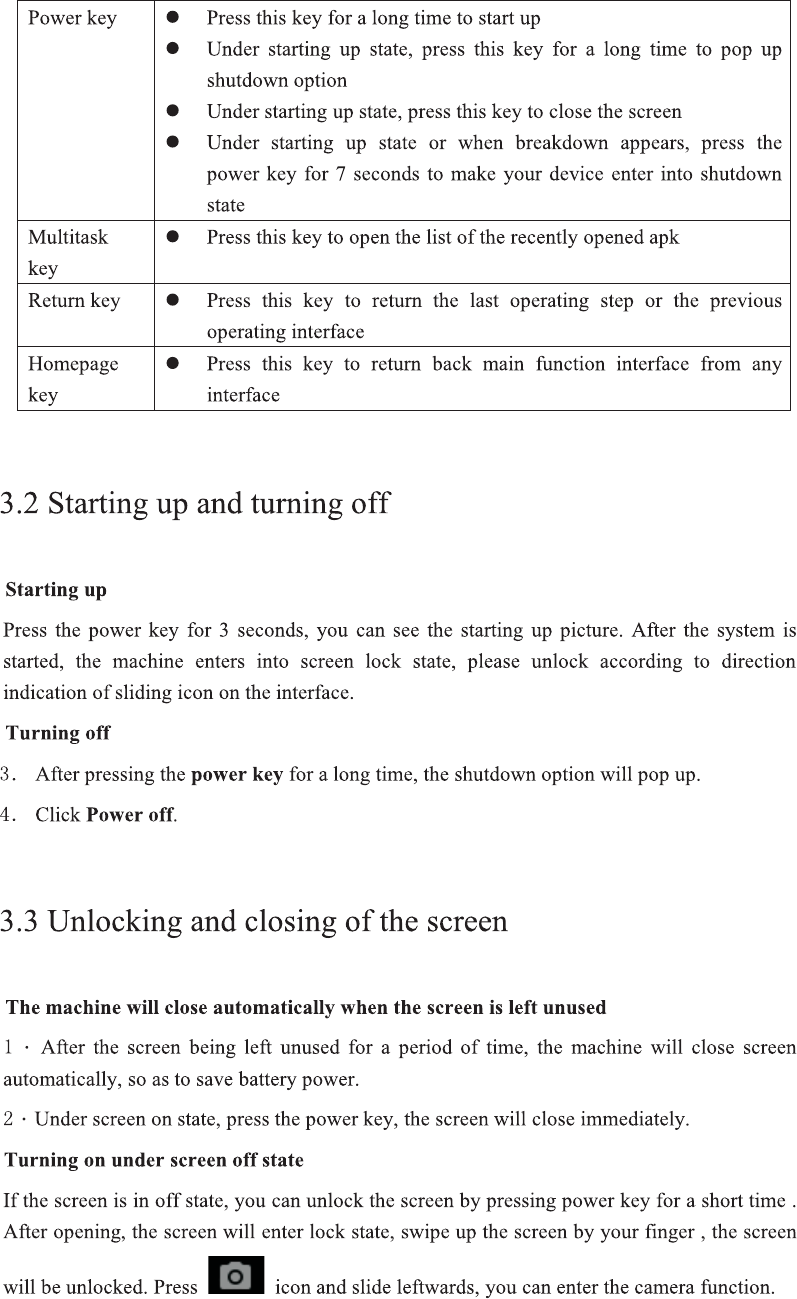
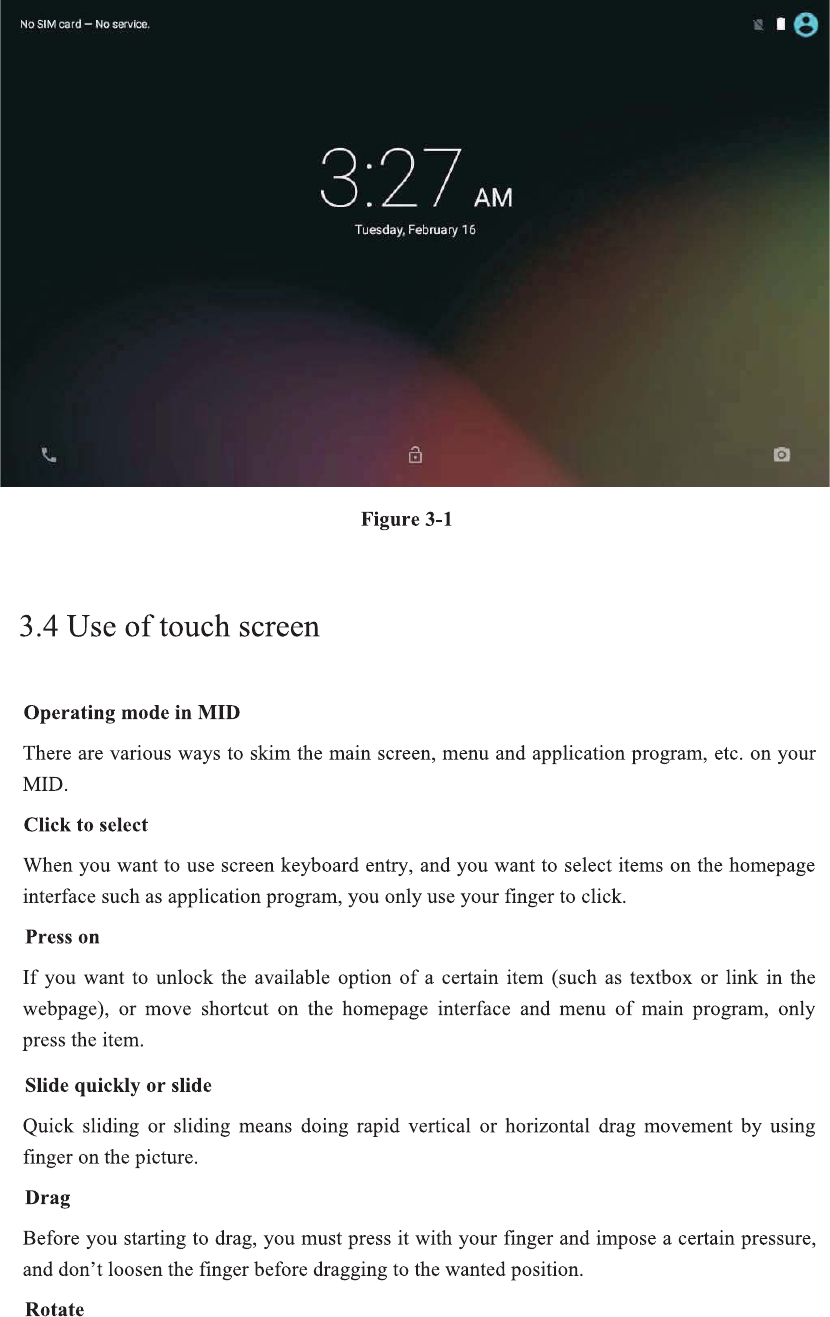
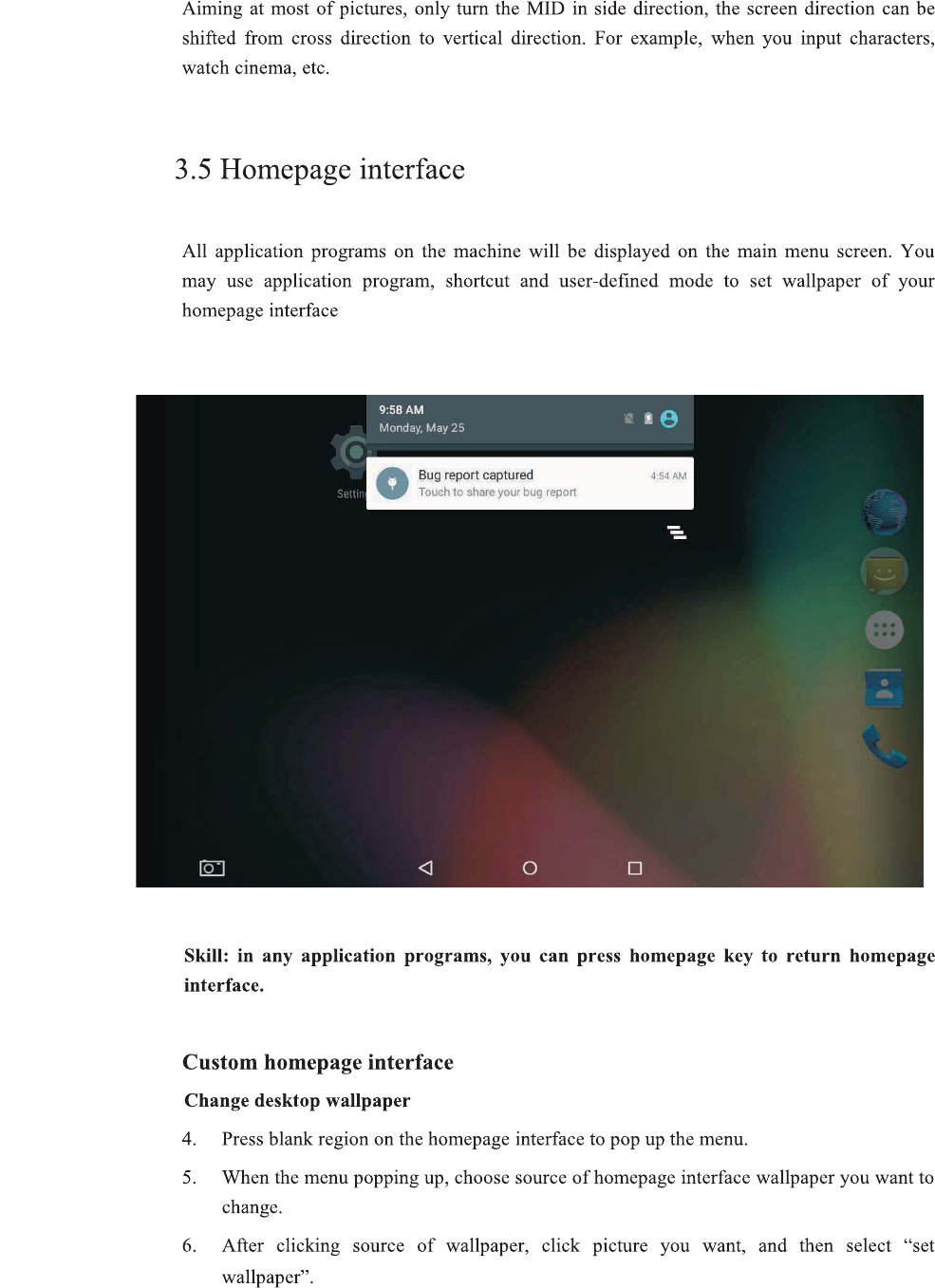
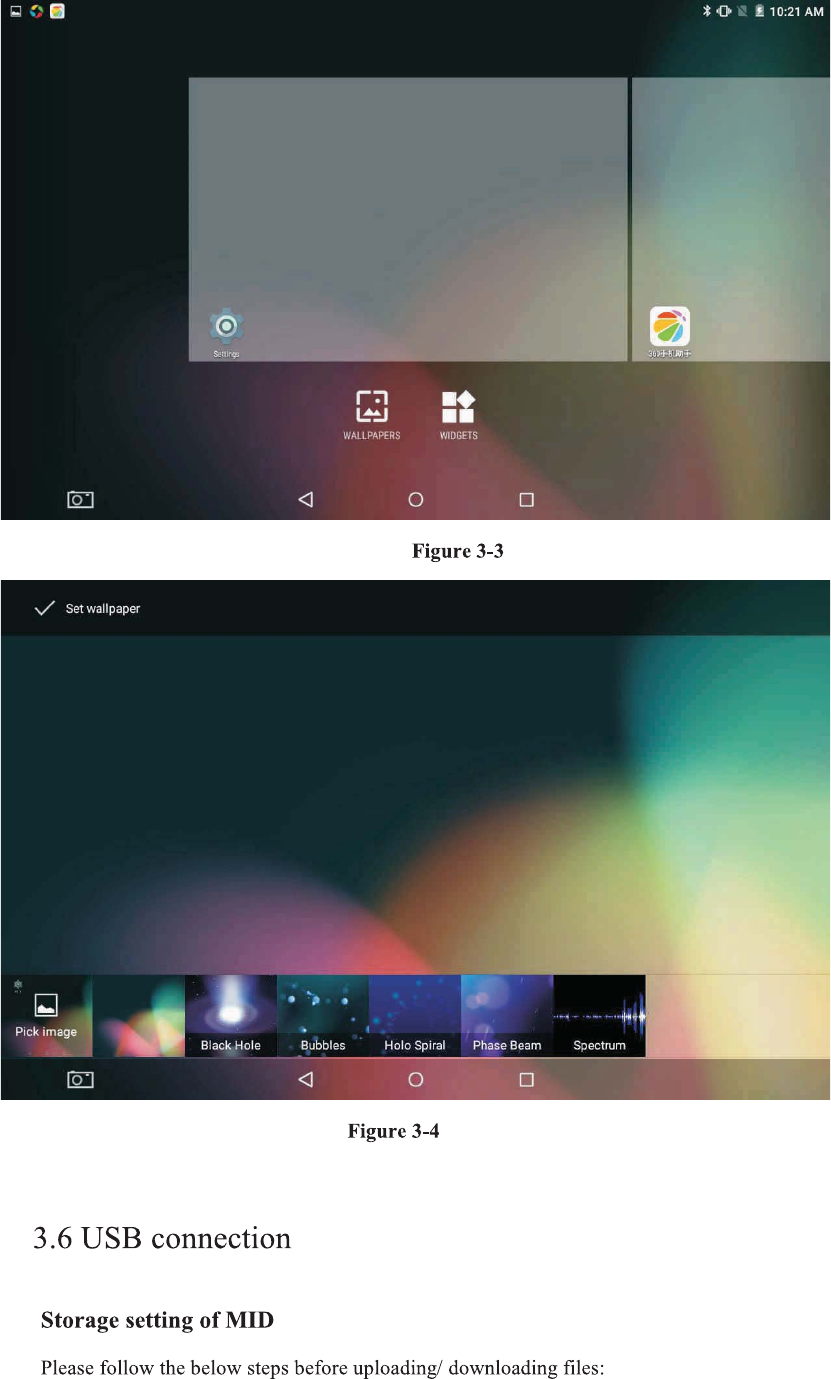
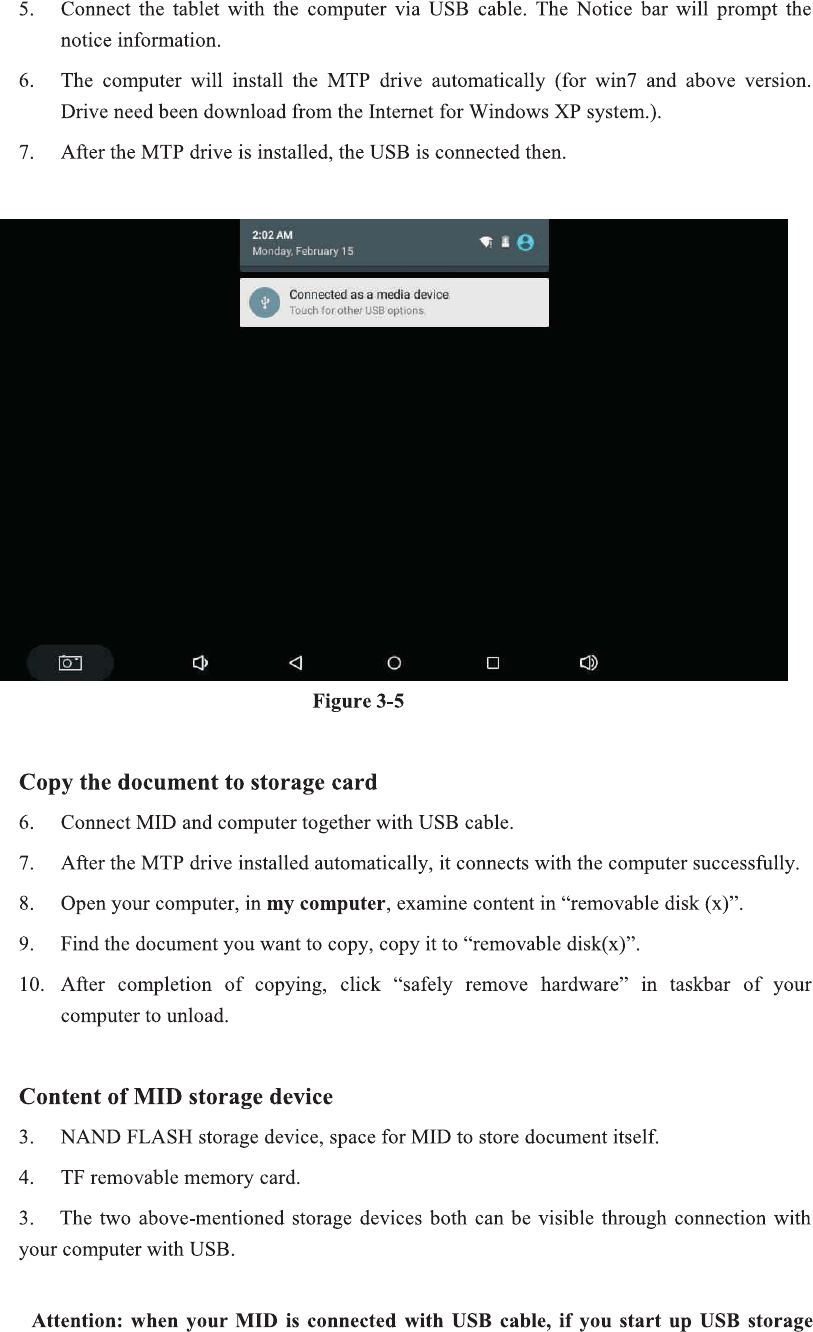
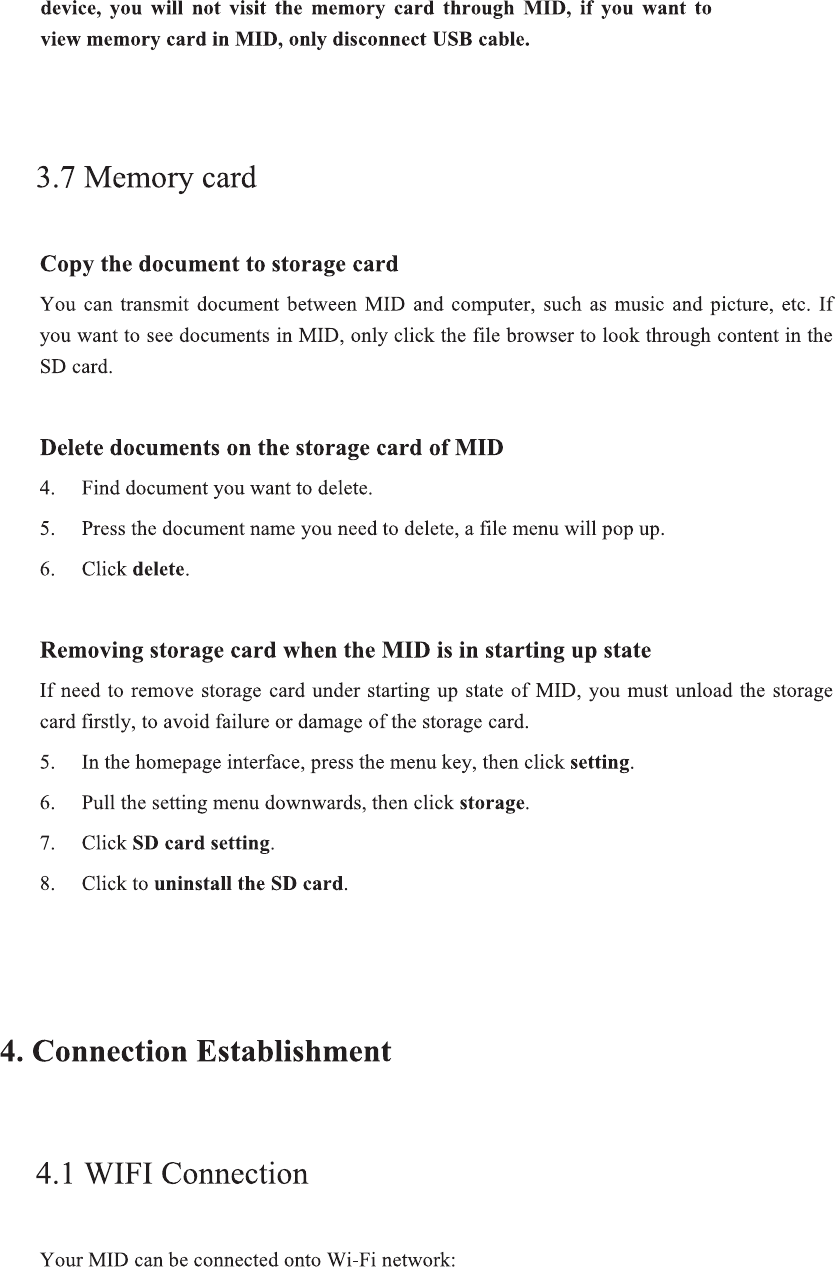
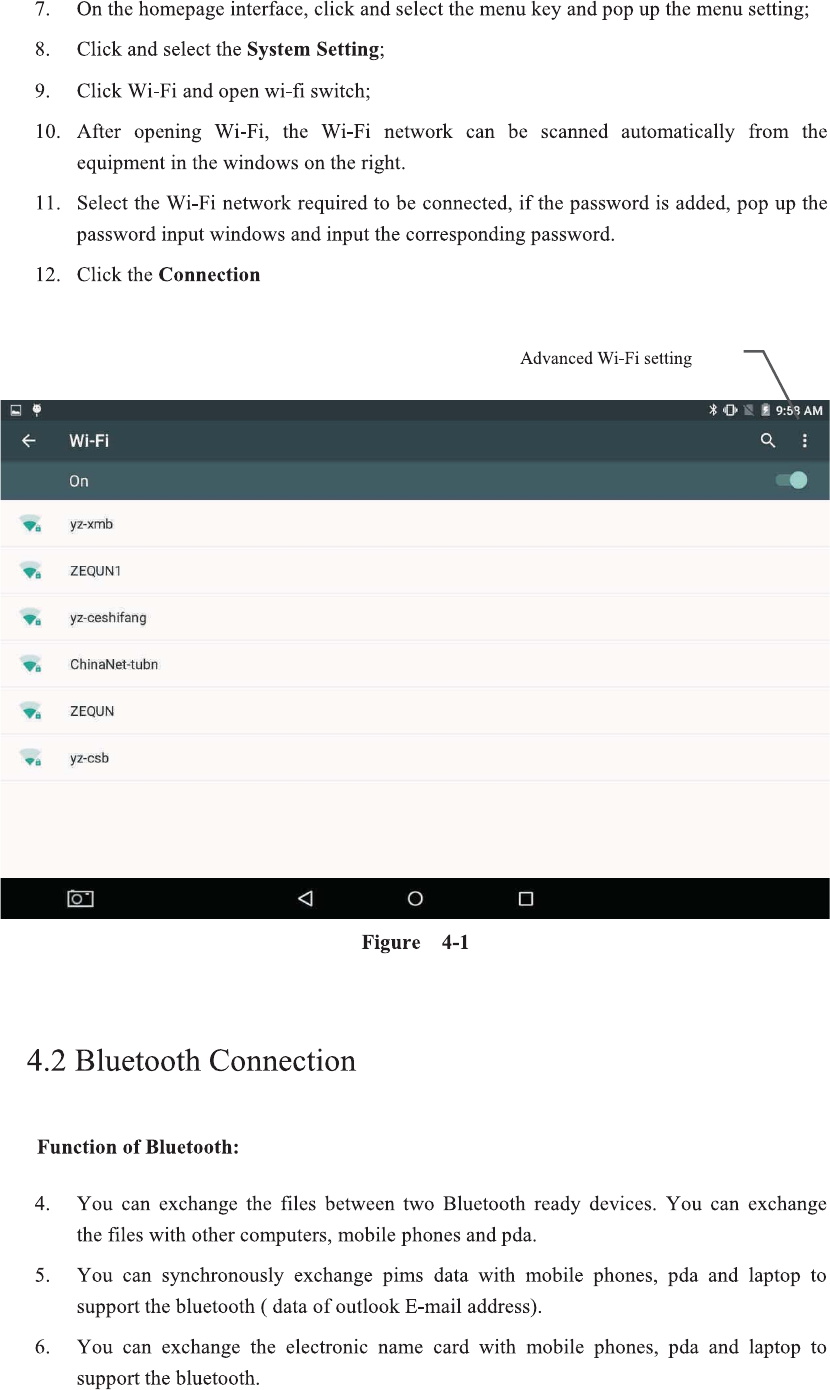
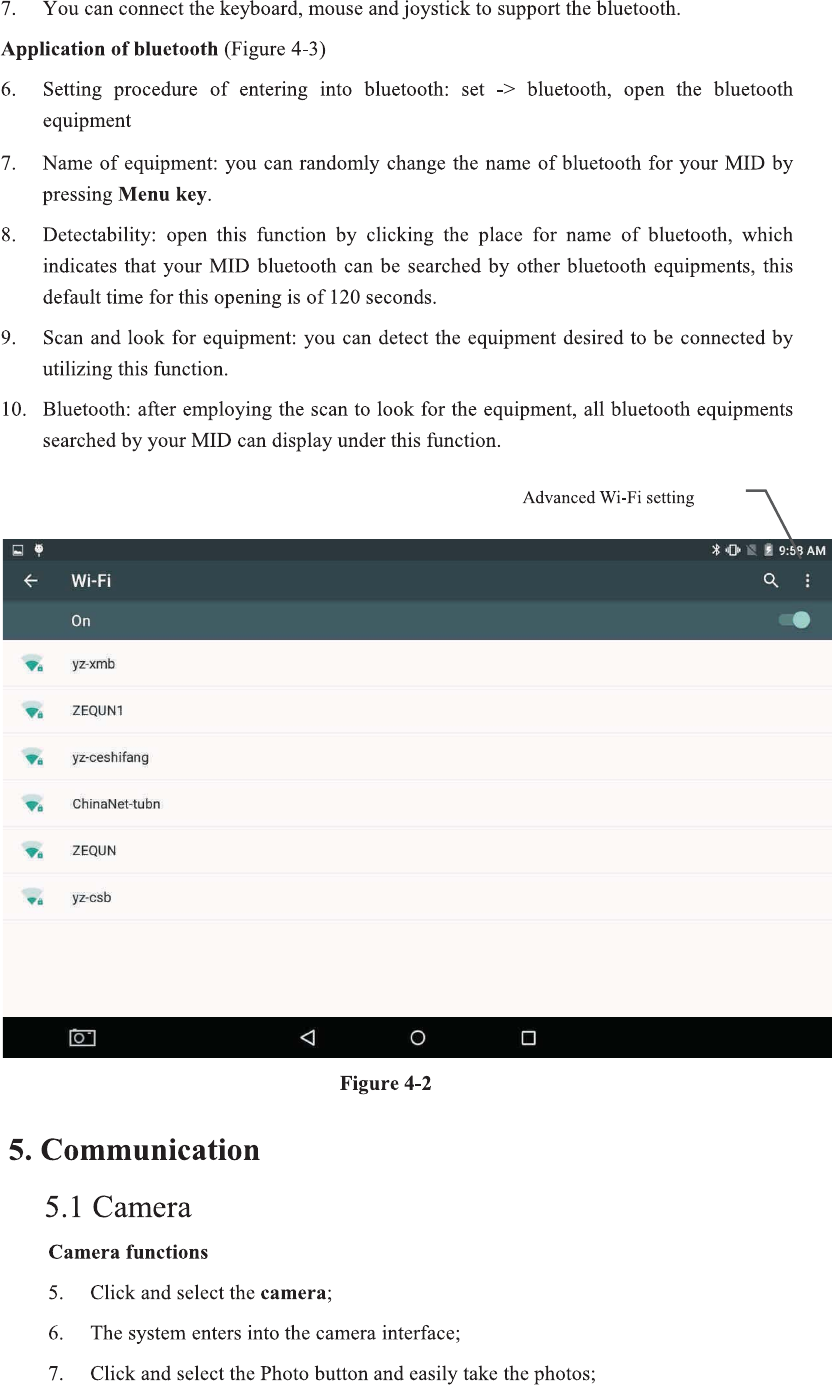
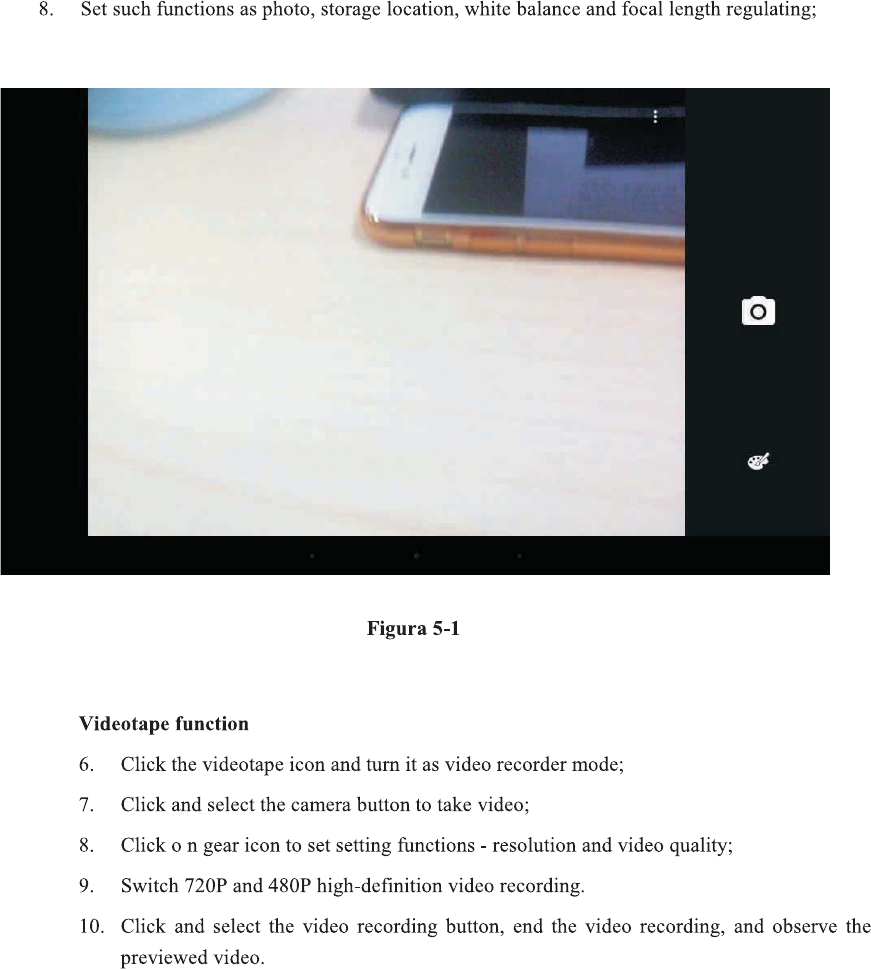
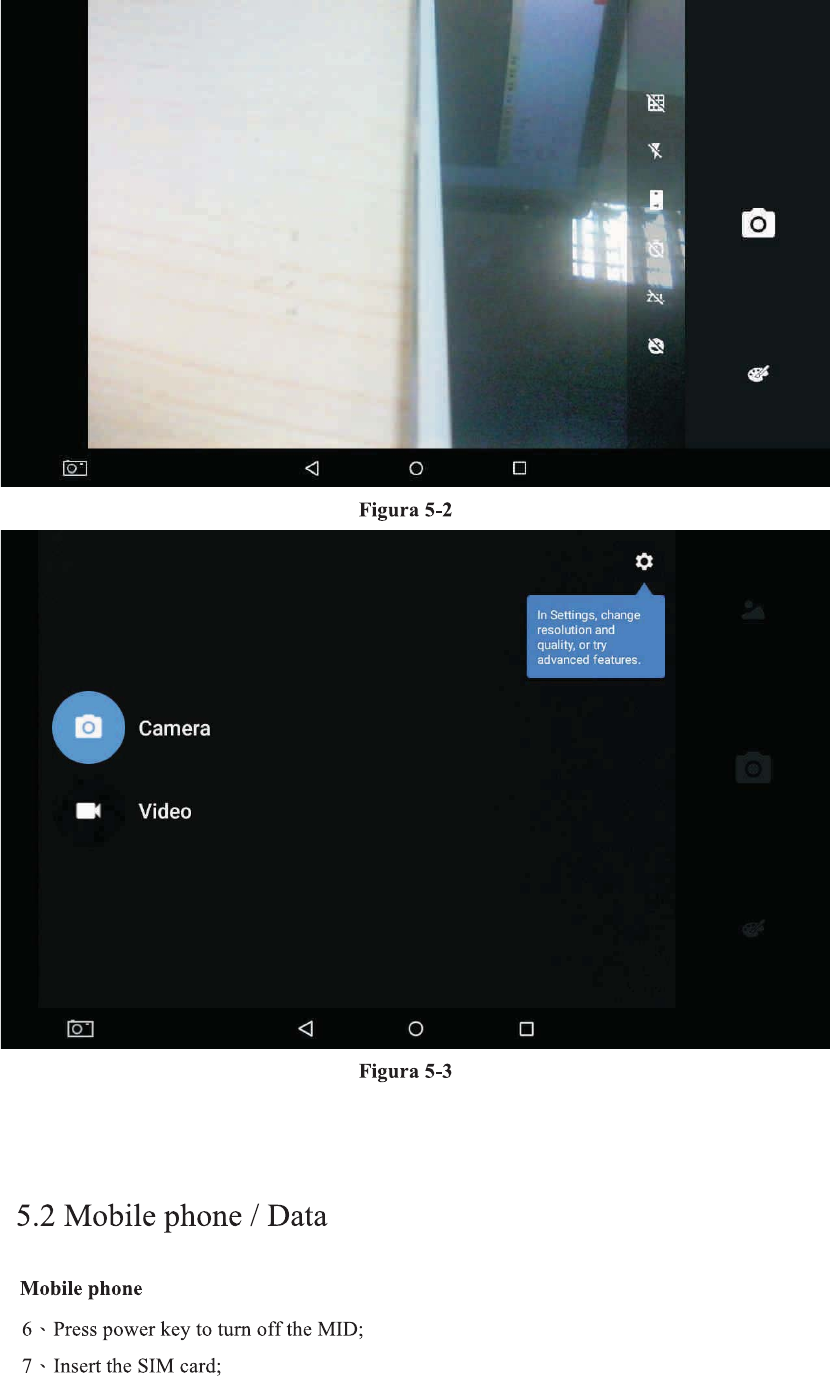
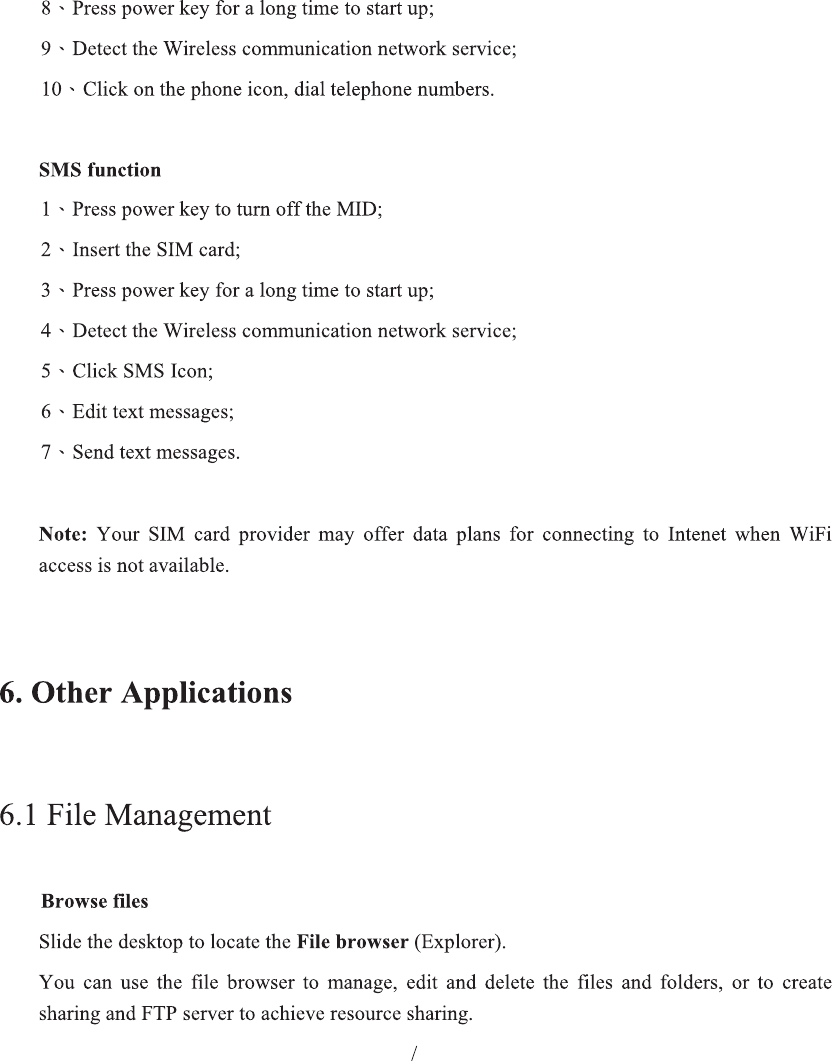
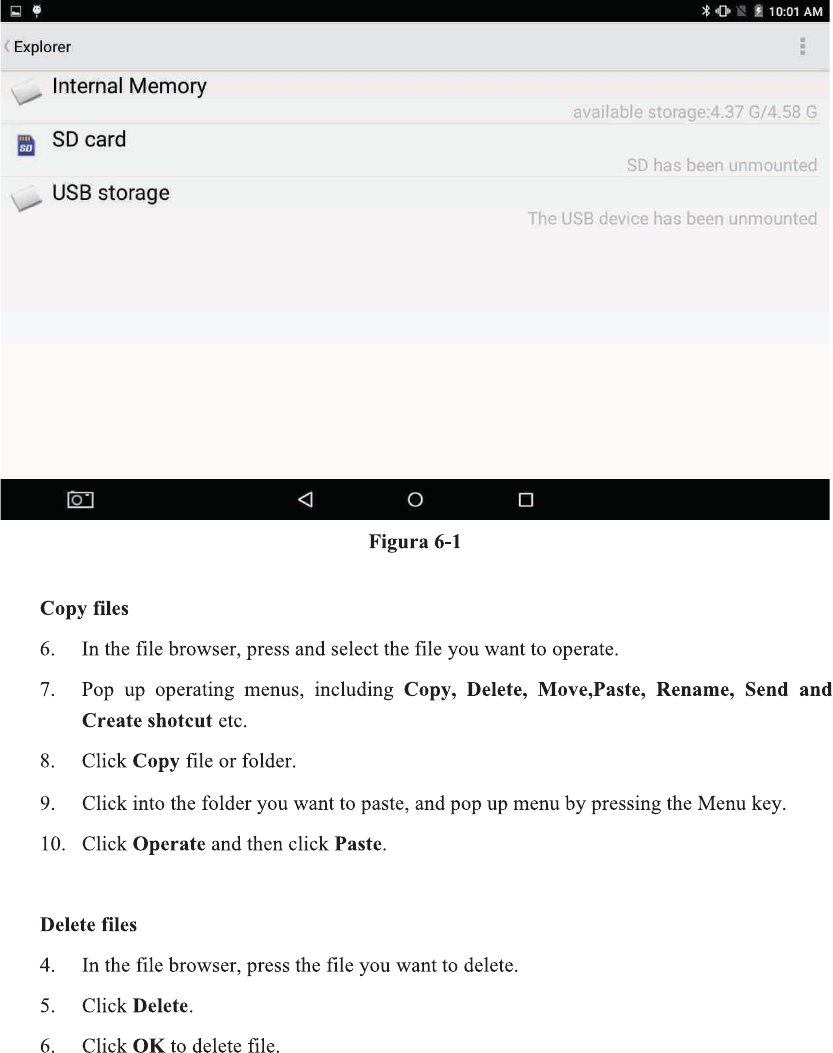
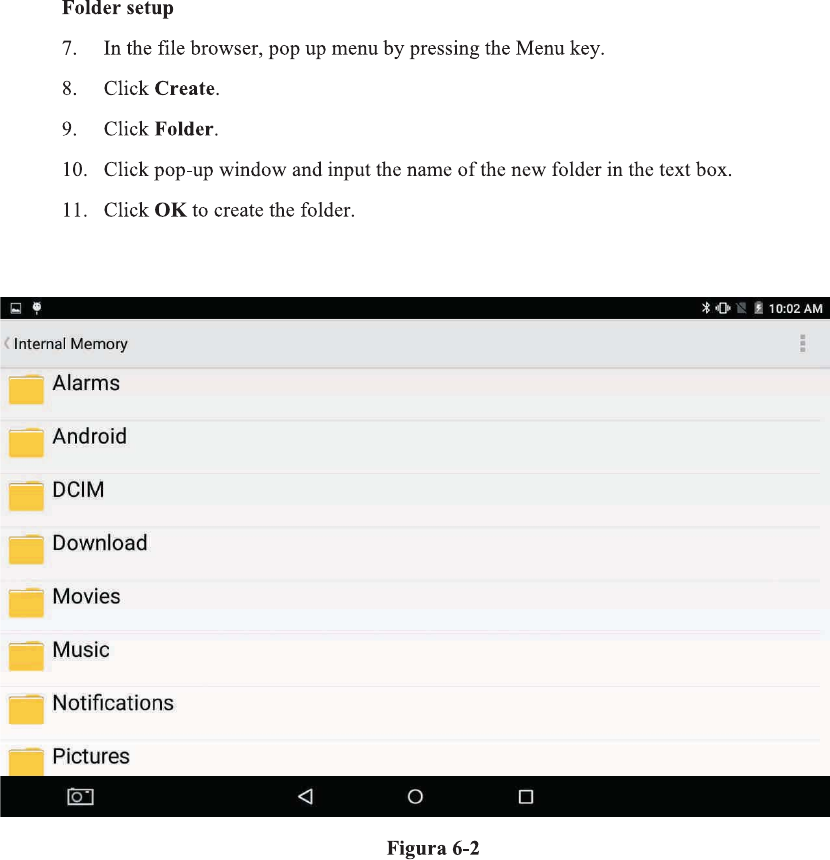
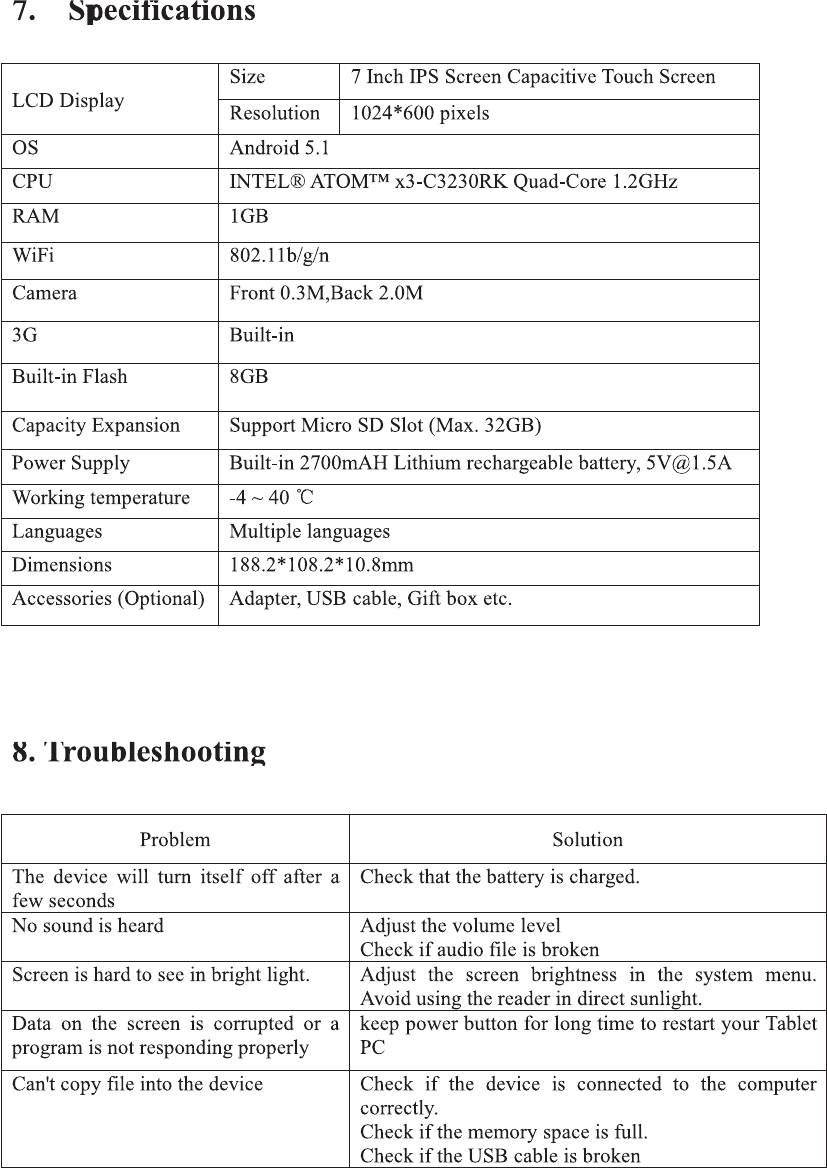
This tablet PC can provide mobile web access and multimedia functions and
support voice calls next to the ear.
FCC Statement
This device complies with part 15 of the FCC Rules. Operation is subject to the following
two conditions: (1) This device may not cause harmful interference, and (2) this device
must accept any interference received, including interference that may cause undesired
operation.
NOTE: This equipment has been tested and found to comply with the limits for a Class B
digital device, pursuant to Part 15 of the FCC Rules. These limits are designed to provide
reasonable protection against harmful interference in a residential installation. This
equipment generates, uses and can radiate radio frequency energy and, if not installed
and used in accordance with the instructions, may cause harmful interference to radio
communications. However, there is no guarantee that interference will not occur in a
particular installation. If this equipment does cause harmful interference to radio or
television reception, which can be determined by turning the equipment off and on, the
user is encouraged to try to correct the interference by one or more of the following
measures:
-- Reorient or relocate the receiving antenna.
-- Increase the separation between the equipment and receiver.
-- Connect the equipment into an outlet on a circuit different from that to which the
receiver is connected.
-- Consult the dealer or an experienced radio/TV technician for help.
Note: The manufacturer is not responsible for any radio or TV interference caused by
unauthorized modifications to this equipment. such modifications could void the user’s
authority to operate this equipment
Changes or modifications not expressly approved by the party responsible for compliance
could void the user's authority to operate the equipment.
Health and safety information
Certification Information (SAR)
Your Table PC is a radio transmitter and receiver. It is designed and manufactured not to
exceed the exposure limits for radio frequency (RF) energy set by the Federal
Communications Commission (FCC) of the U.S. government. These FCC exposure limits
are derived from the recommendations of two expert organizations, the National Counsel
on Radiation Protection and Measurement (NCRP) and the Institute of Electrical and
Electronics Engineers (IEEE). In both cases, the recommendations were developed by
scientific and engineering experts drawn from industry, government, and academia after
extensive reviews of the scientific literature related to the biological effects of RF energy.
The exposure limit set by the FCC for wireless Table PC employs a unit of measurement
known as the Specific Absorption Rate (SAR). The SAR is a measure of the rate of
absorption of RF energy by the human body expressed in units of watts per kilogram
(W/kg). The FCC requires wireless device to comply with a safety limit of 1.6 watts per
kilogram (1.6 W/ kg). The FCC exposure limit incorporates a substantial margin of safety
to give additional protection to the public and to account for any variations in
measurements.
SAR tests are conducted using standard operating positions accepted by the FCC with
the device transmitting at its highest certified power level in all tested frequency bands.
Although the SAR is determined at the highest certified power level, the actual SAR level
of the device while operating can be well below the maximum value. This is because the
wireless device is designed to operate at multiple power levels so as to use only the
power required to reach the network. In general, the closer you are to a wireless base
station antenna, the lower the power output.
Before a new model device is available for sale to the public, it must be tested and
certified to the FCC that it does not exceed the exposure limit established by the FCC.
Tests for each model are performed in positions and locations (e.g. at the ear and worn on
the body) as required by the FCC.
For typical operations, this model hasbeen tested and meets the FCC exposure
guidelines
SAR information on this and other models can be viewed on-line at
http://www.fcc.gov/oet/ea/fccid/. Please use the Table PC FCC ID number for search,
2AEB5-A723. You can check the FCC ID on the rear case. Once you have the FCC ID
number for a particular device, follow the instructions on the website and it should provide
values for typical or maximum SAR for a particular device. Additional product specific SAR
information can also be obtained at www.fcc.gov/cgb/sar.